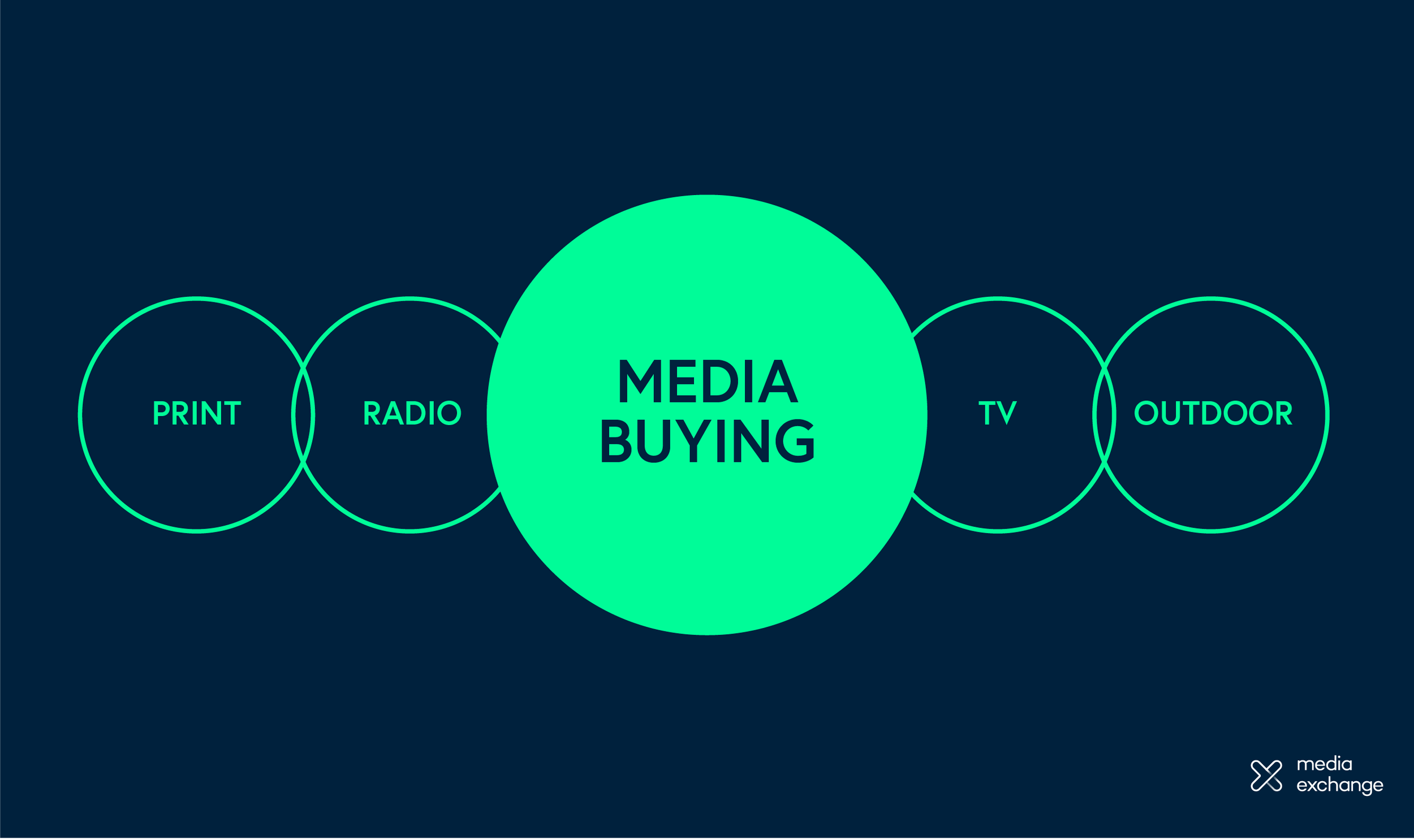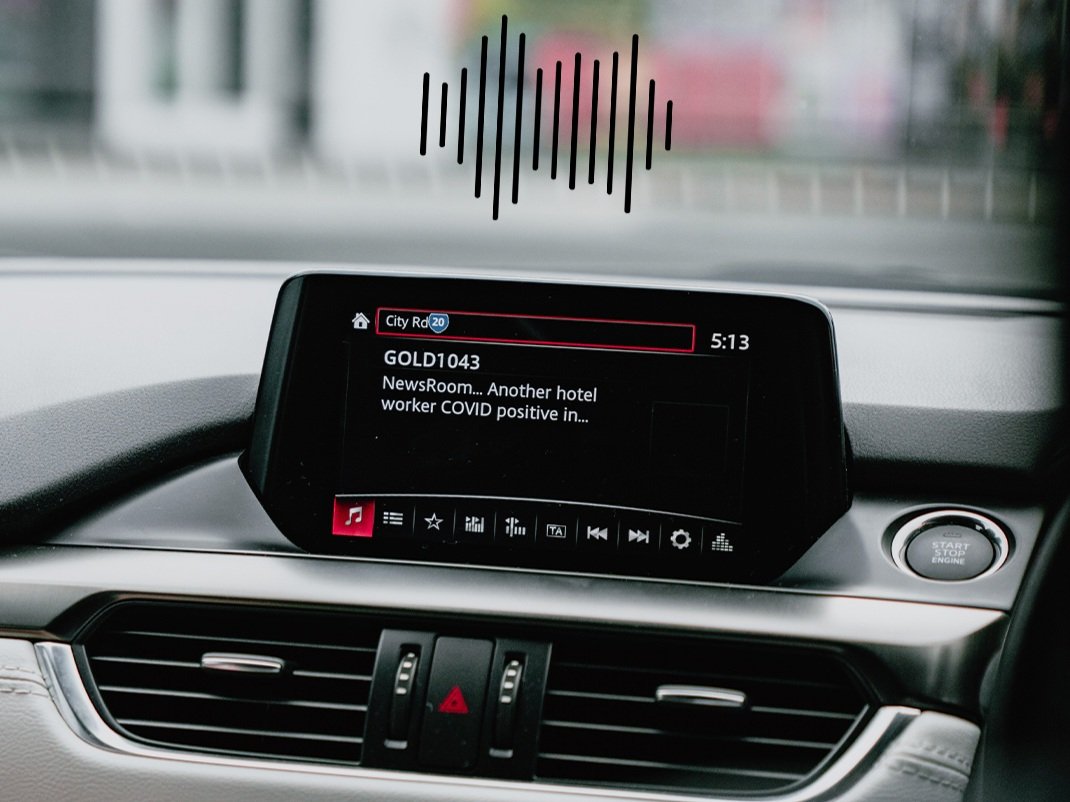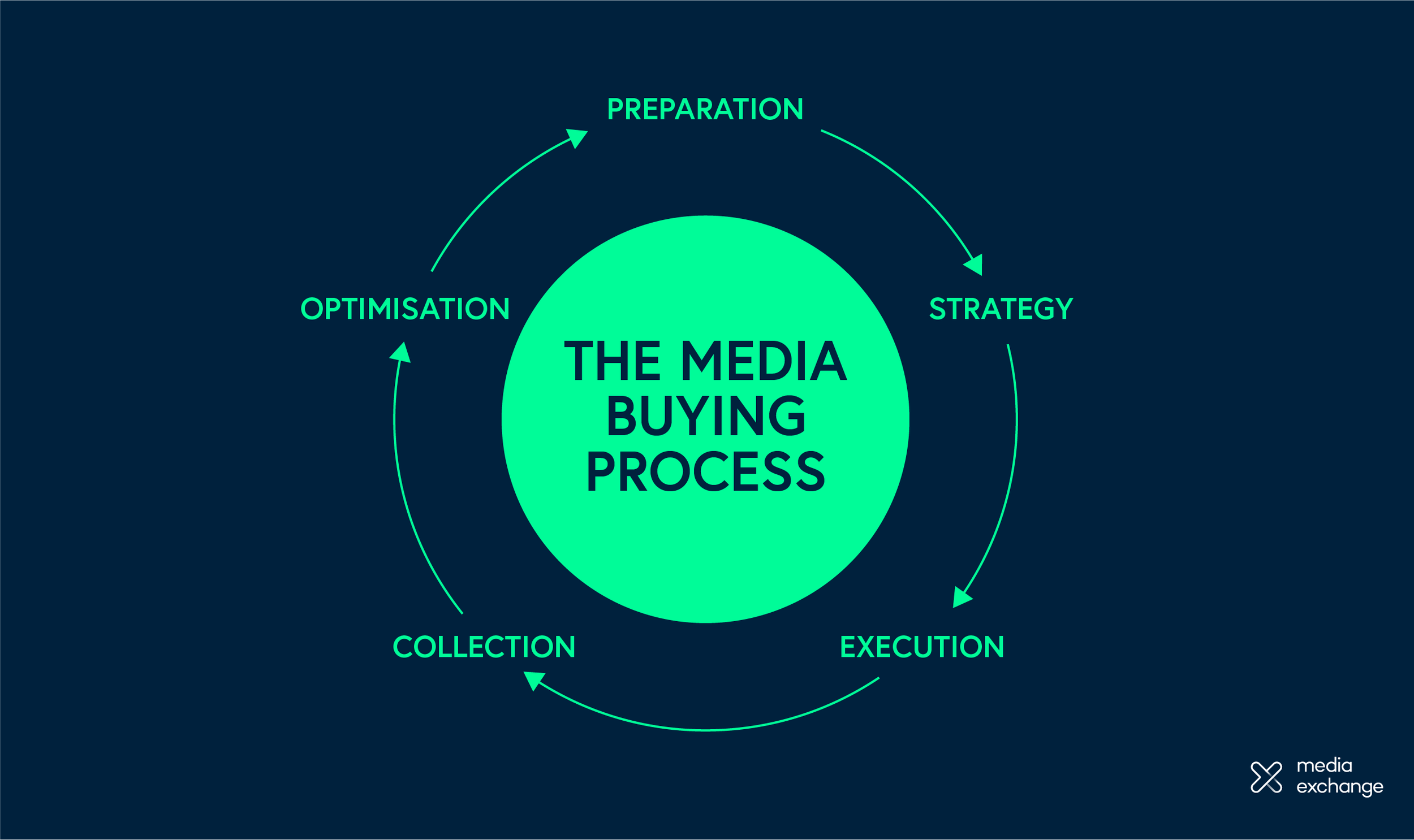Have you ever wondered who is behind the ads that you just can’t seem to forget? Whether it’s a catchy jingle that your kids sing back to you or a quote from a famous ad that has stuck in your head for ages, everyone knows of at least one ad that they just can’t seem to forget about. All this is made possible by Media Buying. We’re going to walk you through the steps involved in getting those ads to the right audience, but before we get too excited, let’s clarify what everything is that you need to know and discuss how media buying in Melbourne works.
What is media buying?
To put it simply, media buying is the process of purchasing time and space on various media platforms to be used for advertising. Media buying examples can include buying space on radio stations, television channels, magazine and print space, billboards, podcasts and so much more. Media buying can involve a combination of digital platforms, such as streaming platforms and digital radio, and also more traditional offline spaces. The aim of media buying is to give brands the best chance to connect their outdoor, TV and radio advertising to their target audience, and to deliver ad messages at the best times. It’s about knowing who you want to pay attention and how you can get them to do it.
Media buying can be done in a number of ways, both manual and automated, to maximise your opportunities for audience engagement and brand recognition. However, while buying media may sound like the more interesting and exciting part, it can only be effectively completed when done alongside its counterpart: media planning. But what is the difference between media planning and media buying?
Difference between media planning and media buying
Media planning and media buying differ in that media planning is the process where marketers and advertisers decide how they will schedule their ads to create an effective and engaging message delivered at the right time. This process often involves a collaboration between brands and media buying agencies to determine the media buying strategy. Determining a media buying strategy is a crucial part in the media planning process as it outlines how long an ad will ideally run, where and when, and elements like who the ad is designed to reach and what you are trying to achieve.
Media planning does not only relate to advertising — it relates to any and all media that a brand wishes to put out into the world. But to be effective at media buying, you need to go through the media planning process. Having the media space is essential but means nothing without a clear, well-defined message that will make sure you stand out in a world saturated with ads.
Types of media buying

Now that we know the difference between media planning and media buying, let’s talk about the types of media buying you can do. There are a number of media buying networks that you can purchase media space with, such as specific television channels or radio stations. It’s important to know which ones are right for your brand and will be the perfect transmission channel for your message to your target audience.
Radio
Radio is one of the most traditional formats for advertising, and radio advertising has continued to be a powerful tool despite the negativity surrounding the effectiveness of radio advertising. People often ask us: ‘’how does radio advertising work,’’ so we thought we’d share our insights. Usually, brands purchase segments of time called ‘spots’ where their pre-recorded ads are played live on the air or are spoken aloud by presenters, known as “live reads”. Spots typically come in 5, 10, 15 or 30 second lengths. Brands can choose to have their messages advertised on the radio broadcasts of stations like 3AW, Gold, Nova and many others.

Despite the traditional roots of radio advertising, radio is a format that has also experienced significant change and digitalisation with the addition of many new features. These changes present digital radio advertising opportunities on streaming platforms like Spotify, LiSTNR and iHeartRadio, as well as DAB+, a digital audio broadcasting service.
Due to the available combination of analog and digital avenues, buying radio media space is an effective pathway to reaching a large number of listeners and maximising the reach of your message. Radio is a staple of many people’s morning commutes and remains a useful tool in your advertising arsenal.
Television
Practically every home in the country has at least one TV, if not more, making television easily the most effective advertising platform. TV media buying is a huge driver of advertising success.
Much like radio advertising, tv advertising has many different streams, including the old school free-to-air, modern video-on-demand services, and connected TV. Free-to-air, despite being a staple of media consumption for over 60 years, is progressively dropping in viewership, but there is still plenty of opportunity for digital media buying and these platforms are only growing in viewers.
Broadcast video-on-demand (BVOD) is one of the fastest growing categories for media viewing, with services such as 9Now, 7Plus and ABC iView giving viewers the opportunity to control when they watch. In a world with people constantly on the go, platforms like this are only growing in popularity, providing new tv advertising opportunities, and making tv advertising in Australia more robust and feasible for all businesses.
How we consume and think of TV is changing, but there are extensive opportunities for advertisers and brands to change too and continue capturing the attention of viewers.
Outdoor and print
An individual in Australia is exposed to thousands of ads a day. When they’re on the couch watching TV or listening to radio on their morning commute, they’re often a little more conscious of the fact that they are experiencing advertising. However, there are so many more ads that occur in physical space, such as magazines and newspapers, billboards, retail or rail ads. People may be less conscious that they are consuming these ads, but that does not make them any less effective.
Despite being more physical in nature, outdoor advertising has also undergone digitalisation with the creation of digital screens, where ads can be programmed to appear at specific days and times. Depending on the placement of these screens, they can effectively reach a mass audience, such as overlooking a high traffic metropolitan area, or focus more specifically on the locals of a particular area. With this in mind, brands with both large target audiences and smaller, more local targets can equally use outdoor media to reach viewers. Outdoor media buying is a great opportunity to make your message stand out and get noticed.
Along with outdoor spaces, advertisers can still make great use of ad space in print newspapers and magazines. It may seem counterintuitive to use these traditional, physical media sources in a world full of digital technologies, but there are still many people who appreciate being a little disconnected at times. In fact, people using these physical media are often more focused when doing so than people watching ads on television, and are more likely to pay attention to the message of your ad.
Media buying agencies
Buying media space is a complex process with many different elements. For individuals or groups who are new to the space, it can be overwhelming, which is why media buying agencies exist. Agencies work on behalf of their clients to buy radio spots, print space, or television time relevant for their client’s marketing and advertising strategy. Similarly, agencies have an eye towards being cost-effective. Media buying agencies can also help their clients develop a robust advertising strategy and media buying plan that will give them the best chance at success.
The alternative to media buying agencies is a process known as programmatic media buying, which is the use of automated digital technologies to buy available ad space on different platforms. This is a complex process with multiple parts, but to break it down, it is the process where different advertisers bid on available digital ad space based on a predetermined budget. Advertisers set their budget, define what the target audience for the ad is, and allow an automated program to find and bid on appropriate ad spaces. These spaces could be web pages that are relevant to the target market or with content similar to the brand being advertised.
Programmatic media buying gives brands the opportunity to advertise where their audience is likely to be found online, but it comes with some flaws that are necessary to know. For example, if the automated program is buying digital media on any open space, your ads could end up in places that you don’t want them, which could damage your brand reputation, unless you are large enough to employ brand protection software. Automation through programmatic buying is a great technological development, but it lacks the personal touch and unique relationships that are established and utilised when working with a media buying agency.
If you want to get the best rates and an unbiased perspective, you’ll opt to use a media buying agency where they can leverage their expertise and experience to make sure your ads are placed in premium space at the best price.
Media buying process
Now that you’ve gotten a media buying 101, let’s talk about how you can get your business blasting on the radio, viewed on a TV screen, or covering a billboard in peak hour traffic. You can choose to go direct to the networks, or you can choose to partner with a media buying agency like us, where we enjoy doing the heavy lifting for you.

Preparation
The first step in effective advertising is evaluating who your target audience is and the demographics you are hoping to reach. To advertise well, you have to know who you are advertising for. How old are they? Where are they from and where do they live? What other things are likely to interest them? Take some time to figure out the type of people your brand wants to reach, and let this guide you in the creation of your message. This will help you have specifically targeted media buying later on.
Working in tandem with understanding who your audience is then clarifying what your ads will be. What is your message? What will your campaign look like from a creative standpoint? And finally, what do you hope to achieve from your advertising? These questions are designed to create a clear and consistent advertising approach for your brand. Goals can include earning more website clicks or getting more people aware of your brand to improve conversion from an initial enquiry to a purchasing customer.
Strategy
Once you have a better understanding of who you are trying to reach and how, you can begin planning what media ad space you can try to acquire. Let these decisions be informed by your target audience. It is important to consider which platforms and media spaces are most likely to be used by your target demographics. For example, young University students may be less likely to read the newspaper every morning and won’t see ads that are placed there, but are more likely to be listening to an audio streaming service on their morning travels. Prioritise buying ad space where you are going to reach them organically, not where they are going to have to search to find you.
Use these ideas to determine your budget and how much you are willing to spend on media buying. Try and keep this as realistic as possible — it might be ideal for you to advertise on TV, radio, on a billboard and in a magazine all at once, but it might not be possible. You may need to prioritise where you think your ads will be most effective and lose some other options, but don’t worry! If you’ve made a good plan and understand your audience, your ads will definitely find them.
Execution
Now that the planning is done, you can get down to the real business: buying media space and releasing your ads into the world to be gazed upon in awe and wonder! Purchase spaces that you know will be found by your target audience, but also consider what time of the day they’ll be most likely to see your ads. Office workers during their morning commute, teenagers scrolling Instagram after their school day is over, or families when they are watching TV after dinner.
This is all forms part of the media planning process, and is where all of your planning is made worthwhile, with your ads running on your chosen platforms and media spaces, reaching the eyes and ears of your target audience, and building your brand.
Collection & optimisation
Releasing your ads is incredibly exciting, but the work isn’t over quite yet. Remember how you set goals right at the start of the planning phase? You’ll want to know that what you’ve released is actually working how you want, and this is why establishing campaign goals is such an integral step. With those in mind, you can begin collecting data on the performance of your ads and analysing whether they are reaching your target audience, and if they are generating the awareness, clicks or engagement that you wanted.
Try to keep in mind that good advertising takes time to be fully effective, so keep your expectations realistic — it’s unlikely that those glamorous results you want will appear overnight. But it’s ok if they don’t; you can use the data you’ve collected to rework your campaign and optimise its performance. Good advertising is an ongoing process.
How we can help you
As one of the top media buying agencies in Melbourne, Media Exchange is ready to help you take the next steps in your advertising and marketing. Our media planning and buying process is backed up by dedicated expertise and strong relationships from years of media buying experience.
If you’re struggling to find the right place to put your ad, or even how to craft the right ad, our advertising and media buying services can help. We are the media buying agency that will make sure your voice is heard, your message gets read, and your brand stands out.

